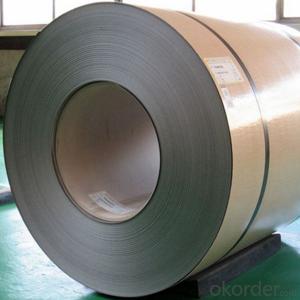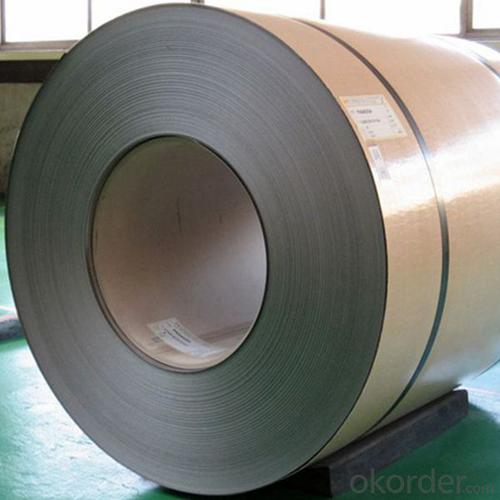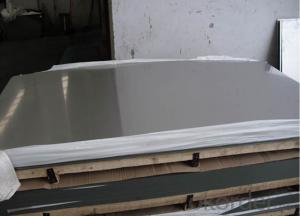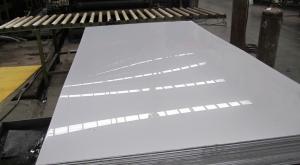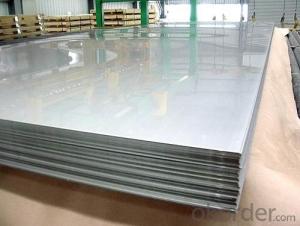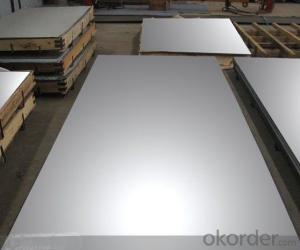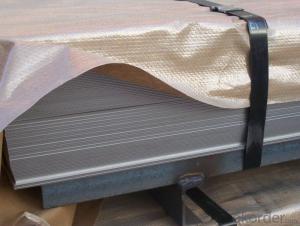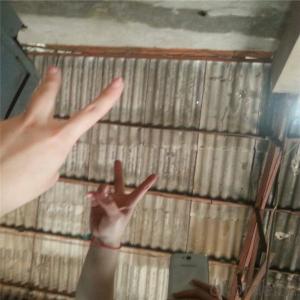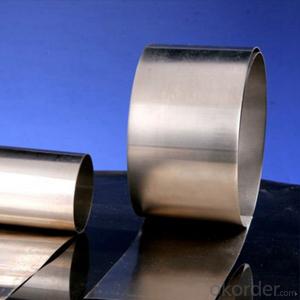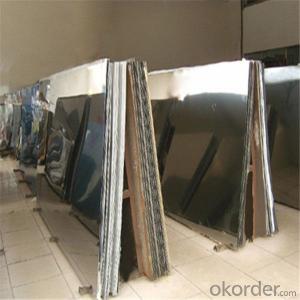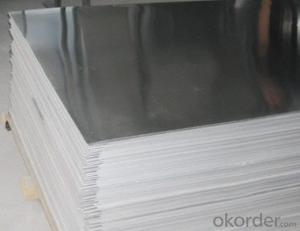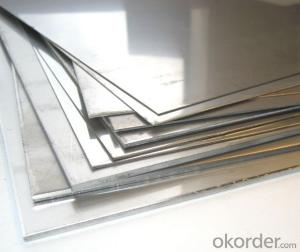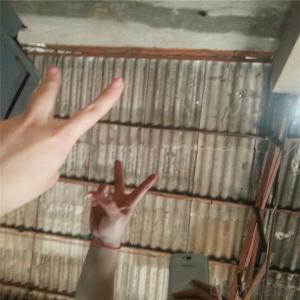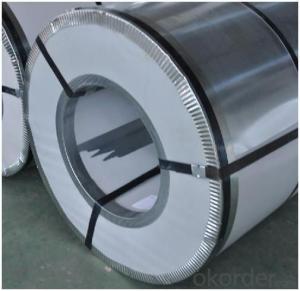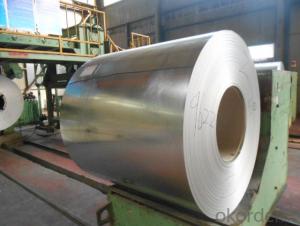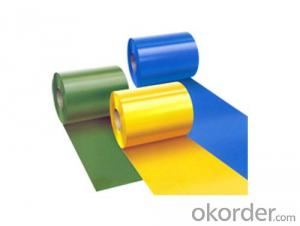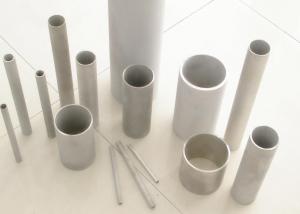Prime Quality Stainless Steel Sheets 201/304/316 Mirror Finish Stainless Steel Sheets
- Loading Port:
- Shekou
- Payment Terms:
- TT OR LC
- Min Order Qty:
- 25 m.t.
- Supply Capability:
- 20000 m.t./month
OKorder Service Pledge
OKorder Financial Service
You Might Also Like
Specification
Products Description for Stainless Steel Coils/Sheets:
Product | stainless steel coils/plates/sheets | ||
Discharge Port | Any Port, China | ||
Size | Coils | Cold Rolled: | Thickness0.3-8mm,Width:280-2100mm |
Hot Rolled : | Thickness3-14mm,Width:650-2100mm | ||
Plates | Thickness2-80mm,Width:1500-3000mm | ||
Coil Weight | About 20 Tons | ||
Grade | 201,202,304/304L/304H,316/316L/316H,321/H,310S,409/L,430 etc. | ||
Technique | Hot Rolled/Cold Rolled | ||
Finish | 2B, BA, 2D, No1, No2, No4,NO.8,SB etc | ||
Edge | Mill Edge / Slitting Edge | ||
Package | In bundles, or as customer's requirement | ||
Place of Origin | Made in China | ||
MOQ | 20 Tons | ||
Packaging & Delivery for Stainless Steel Coils/Sheets:
Packaging Detail | Standard export packing or following customer's demand |
Delivery Time | Within 30-40 days after deposit or according to the order quantity |
Detail picture for Stainless Steel Coils/Sheets
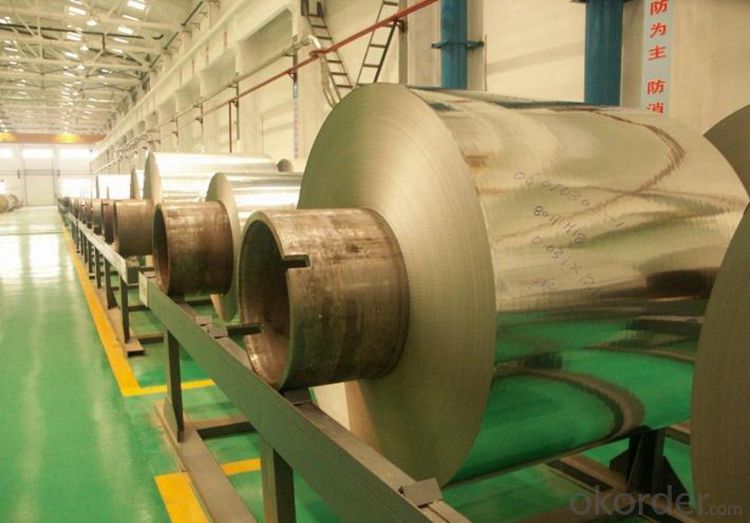
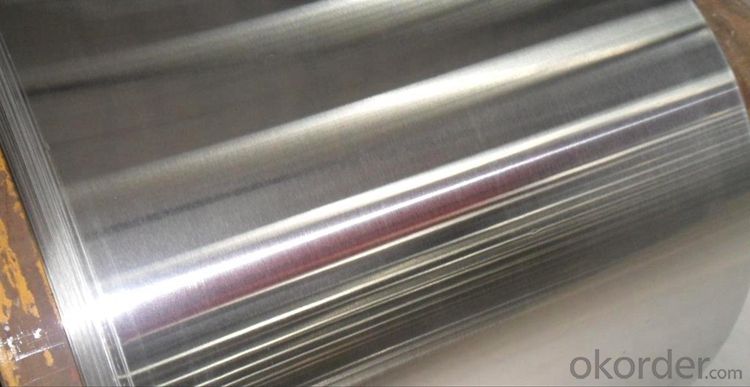
Application for Stainless Steel Coils/Sheets:
Boiler heat exchanger, machinery andpetroleum ,chemical industries, hardware fields,Food industry,construction material,kitchen utensils, building construction, medical equipment,chemical tank, pipe etc
Payment&Delivery for Stainless Steel Coils/Sheets:
Payment Terms | 100% LC at sight,or 30%TT in advance, balance against B/L copy |
Delivery Time | With 30-40 days after deposit |
Price Terms | Ex-Work, FOB, CNF, CFR, CIF,etc |
FAQ for Stainless Steel Coils/Sheets:
Q:How to order?
A: Please send us your purchase order by email or fax .or you can ask us to send you a proforma invoice for your order .We need to know the following information for your order.
1) Shipping information-company name, street address, phone number, fax number, destination sea port
2) Product information – Quantity, Specification (steel type, thickness, width, surface finish)
3) Delivery time required
4) Forwarder's contact details if there's any in China
- Q: How do you prevent pitting on stainless steel sheets?
- To prevent pitting on stainless steel sheets, there are several steps you can take: 1. Ensure proper cleaning and maintenance: It is important to regularly clean the stainless steel sheets using mild soap or a non-abrasive cleaning solution. Avoid using harsh chemicals, bleach, or abrasive cleaners as they can harm the protective layer on the surface. After cleaning, make sure to thoroughly rinse and dry the sheets to eliminate any residue that could lead to pitting. 2. Avoid contact with corrosive substances: Although stainless steel is highly resistant to corrosion, prolonged exposure to certain chemicals or substances can still cause pitting. It is advisable to avoid contact with chloride-based cleaners, strong acids, or solutions containing high concentrations of salt. If accidental contact occurs, immediately rinse the sheets with clean water and dry them thoroughly. 3. Protect against physical damage: Pitting can occur on stainless steel sheets if they get scratched or damaged. It is crucial to handle and install the sheets with care to prevent any sharp or abrasive objects from scratching the surface. During transportation and storage, consider using protective films or covers to minimize the risk of physical damage. 4. Apply a protective coating: To enhance the natural corrosion resistance of stainless steel and reduce the risk of pitting, you may want to consider applying a protective coating or passivating treatment to the sheets. It is recommended to consult with a professional or supplier to determine the most suitable coating or treatment for your specific stainless steel grade and application. 5. Conduct regular inspection and maintenance: It is important to periodically inspect the stainless steel sheets for any signs of pitting or corrosion. Promptly address any issues by cleaning, repairing, or replacing the affected areas. Regular maintenance and inspection will help identify potential problems early on and prevent them from worsening. By following these preventive measures, you can minimize the occurrence of pitting on stainless steel sheets, extend their lifespan, and maintain their aesthetic appeal.
- Q: What are the different types of stainless steel sheet finishes for pharmaceutical applications?
- Some of the different types of stainless steel sheet finishes for pharmaceutical applications include 2B finish, 2D finish, BA finish, and mirror finish.
- Q: Are stainless steel sheets suitable for elevator control panels?
- Yes, stainless steel sheets are suitable for elevator control panels. Stainless steel is known for its durability, resistance to corrosion, and ease of maintenance, making it a popular choice for various applications including elevator control panels. It provides a sleek and modern appearance, can withstand constant use and touch, and is easy to clean and disinfect, making it an ideal material for elevator control panels.
- Q: Can stainless steel sheets be used for automotive body panels?
- Indeed, automotive body panels can indeed find utility in stainless steel sheets. The usage of stainless steel in automotive applications is widely favored due to its remarkable resistance to corrosion, exceptional strength, and enduring nature. It has the ability to endure unfavorable weather conditions, road salts, and other environmental factors without succumbing to rust or degradation. Furthermore, stainless steel possesses a lightweight characteristic, rendering it an optimal choice for the reduction of a vehicle's overall weight and enhancement of fuel efficiency. Yet, it is important to note that the employment of stainless steel may incur higher costs in comparison to alternative materials, potentially impacting its broad implementation in automotive body panels.
- Q: Can stainless steel sheets be used for countertops or backsplashes?
- Yes, stainless steel sheets can be used for countertops and backsplashes. Stainless steel is a durable and hygienic material that is resistant to stains, heat, and corrosion, making it a popular choice for kitchen surfaces.
- Q: What are stainless steel sheets?
- Stainless steel sheets, which are composed of stainless steel, a type of alloy containing chromium, nickel, and other elements, are metal pieces that have a flat shape. These sheets possess exceptional resistance to corrosion, durability, and aesthetic appeal, which makes them highly versatile and extensively utilized in various industries. To achieve the desired thickness and finish, they undergo a manufacturing process known as hot rolling or cold rolling, where the steel is passed through a series of rollers. Stainless steel sheets find common applications in the construction, automotive manufacturing, kitchenware, appliances, and architecture sectors. They are available in different grades, surface finishes, and sizes to meet various requirements. Regardless of whether they are used for decorative purposes or functional applications, stainless steel sheets provide a dependable and enduring solution.
- Q: What are the different types of stainless steel sheet surface patterns available?
- There are several different types of stainless steel sheet surface patterns available, each with its own unique characteristics and aesthetic appeal. Some of the most common patterns include: 1. Brushed: This pattern is achieved by lightly brushing the stainless steel surface with an abrasive material, creating a smooth and uniform texture. It is commonly used in applications where a sleek and modern look is desired. 2. Mirror: This pattern involves polishing the stainless steel surface to a highly reflective finish, resembling a mirror. It is often used in decorative applications where a high level of shine is desired. 3. Satin: Also known as a brushed or hairline finish, this pattern is achieved by applying a fine abrasive material to the stainless steel surface in a linear motion, resulting in a matte appearance. It is commonly used in architectural and kitchen applications. 4. Embossed: This pattern involves imprinting a design or texture onto the stainless steel surface using a patterned roller or press. It can create a variety of decorative effects, such as raised or recessed patterns, and is often used in interior design and automotive applications. 5. Perforated: In this pattern, the stainless steel sheet is punched with a series of small holes in a regular pattern. This allows for enhanced ventilation and drainage capabilities and is commonly used in architectural and industrial applications. 6. Etched: This pattern involves chemically treating the stainless steel surface to create a design or pattern. It can be used to create intricate and detailed designs, making it popular in decorative and artistic applications. These are just a few examples of the different types of stainless steel sheet surface patterns available. The choice of pattern often depends on the desired application, functionality, and visual appeal.
- Q: Are stainless steel sheets recyclable?
- Yes, stainless steel sheets are highly recyclable. Stainless steel is a sustainable and environmentally friendly material that can be recycled indefinitely without losing its properties. The recycling process involves collecting and sorting stainless steel scraps, melting them down, and then reusing the material to create new stainless steel products, including sheets. Recycling stainless steel sheets not only helps conserve natural resources and reduce waste but also saves energy and reduces greenhouse gas emissions associated with the production of new stainless steel.
- Q: What are the different types of edge finishes for stainless steel sheets?
- There are several types of edge finishes for stainless steel sheets, including square edge, round edge, beveled edge, and rolled edge. Each of these finishes provides a different aesthetic and functional appeal, catering to different design preferences and project requirements.
- Q: How do you drill holes in stainless steel sheets?
- Drilling holes in stainless steel sheets requires some specific steps and tools to ensure accurate and clean results. Here's a step-by-step guide on how to drill holes in stainless steel sheets: 1. Gather the necessary tools: You will need a drill machine, suitable drill bits for stainless steel (preferably cobalt or carbide), center punch, safety goggles, work gloves, and a clamp or vise to secure the stainless steel sheet. 2. Choose the right drill bit: Stainless steel is a tough material, so regular drill bits may not be effective. Cobalt or carbide drill bits are more appropriate for stainless steel as they are specifically designed to cut through hard metals. 3. Mark the hole position: Use a center punch to create a small indentation at the exact spot where you want to drill the hole. This will prevent the drill bit from slipping while starting the hole. 4. Secure the stainless steel sheet: Clamp or secure the stainless steel sheet firmly to a workbench or surface to avoid movement during drilling. This will ensure accurate and clean holes. 5. Wear safety gear: Put on safety goggles and work gloves to protect your eyes and hands from metal debris and sharp edges. 6. Start drilling: Place the drill bit on the marked indentation and apply light pressure to start the hole. Use a slower speed setting on your drill machine to prevent overheating. Gradually increase the pressure as you continue drilling. 7. Use cutting fluid or lubricant: To reduce friction and heat buildup, apply a cutting fluid or lubricant on the drill bit while drilling. This will help prolong the life of the drill bit and prevent the stainless steel sheet from discoloration or warping due to excessive heat. 8. Monitor the drilling progress: Keep an eye on the drilling progress and adjust the speed and pressure accordingly. It's essential to maintain a steady pace and avoid applying excessive force, as it can lead to drill bit breakage or damage to the stainless steel sheet. 9. Remove metal debris: Periodically stop drilling and remove metal debris from the hole to prevent clogging and ensure a clean hole. 10. Finish the hole: Once the desired hole size is achieved, slowly withdraw the drill bit from the stainless steel sheet. Smooth out any rough edges around the hole using a file or deburring tool. By following these steps and using appropriate tools, you can successfully drill holes in stainless steel sheets with precision and efficiency. Remember to take your time, prioritize safety, and maintain proper tool maintenance for optimal results.
Send your message to us
Prime Quality Stainless Steel Sheets 201/304/316 Mirror Finish Stainless Steel Sheets
- Loading Port:
- Shekou
- Payment Terms:
- TT OR LC
- Min Order Qty:
- 25 m.t.
- Supply Capability:
- 20000 m.t./month
OKorder Service Pledge
OKorder Financial Service
Similar products
Hot products
Hot Searches
Related keywords
